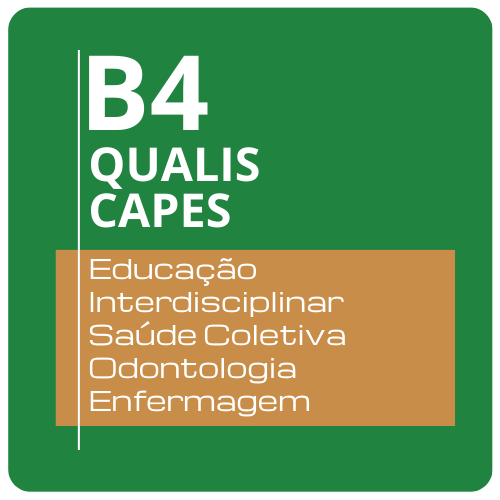Edição especial da “Cadernos ESP” destaca produções científicas de programa de treinamento em epidemiologia
Ao todo, 21 artigos científicos compõem o número especial do periódico
A Escola de Saúde Pública do Ceará (ESP/CE), vinculada à Secretaria da Saúde do Estado (Sesa), lançou, nesta quarta-feira (5), uma edição especial da revista científica “Cadernos ESP”, reunindo artigos produzidos por ex-alunos da primeira turma nordestina do nível intermediário do Programa de Treinamento em Epidemiologia Aplicada aos Serviços do Sistema Único de Saúde (EpiSUS-Intermediário).






















